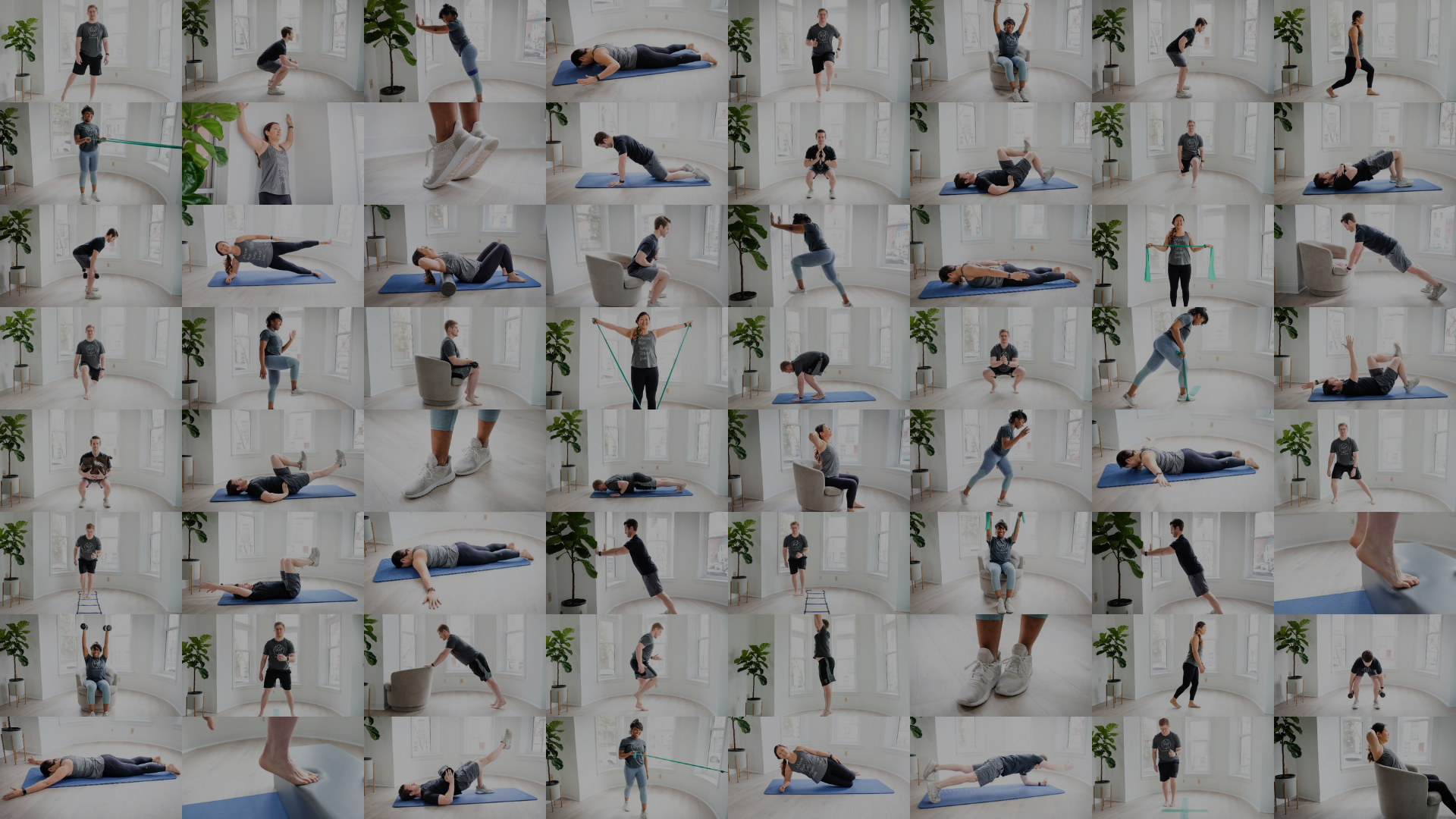
AgeProof Your Body – Exercise Library
Balance Adaptability
Exercise Library > Balance Adaptability
How to Work on Balance Adaptability
Balance training is an important component of exercise programs in older adults. Building on from our traditional balance exercises, Balance Adaptability adds complexity to further challenge the three main sensory systems involved with balance – visual, vestibular, and proprioceptive.
Balance allows for safe and confident performance of functional tasks or recreational activities. The exercises below help people practice all three systems of balance to prepare for complex, dynamic environments encountered in everyday life.
Here are three options for improving your Balance Adaptability.
For more information about balance, check out our blog.
Level 1:
Unstable Surface
Level 2:
Head Turns
Level 3:
Eyes Closed
Level 1
Unstable Surface
Stand on a pillow, pad, or couch cushion to add challenge to your static balance practice.
The unstable surface makes it more difficult to receive information from the ground and make corrections at the foot & ankle.
Hold whatever foot position that leads to the desired challenge level (i.e. feet together, semi-tandem, tandem, single leg).
Level 2
Head Turns
Keep your balance while slowly rotating your head right to left or up and down. Have a stable object nearby for support.
Choose whatever foot position gives you a desired challenge level, standing on an unstable surface if necessary.
Level 3
Eyes Closed
Keep your balance with your eyes closed. Have a stable object nearby for support.
Choose whatever foot position gives you a desired challenge level, standing on an unstable surface if necessary.
🟢 What You Should Feel:
A safe, but challenging level of instability.
🔴 What You Shouldn’t Feel:
Unsafe (keep a stable object nearby for balance); or pain in the back or legs.
📶 Progression Criteria:
Progress to the next level or add resistance when you can maintain balance for 1 minute without instability.
More Variations & Progressions
Safety first!
For all of these exercises, find a level of challenge that feels right to you. Remember that you want to have some (but not excessive) instability in order to learn and practice.
Practice against a wall, in a doorway, or in the corner of a room for additional safety.
Remember to consult with your individual doctor or physical therapist with specific questions or concerns regarding exercise.
Want to learn more?
Join our online exercise community for individuals 60+ to learn more exercises and strategies for healthy aging from our team of movement experts.





